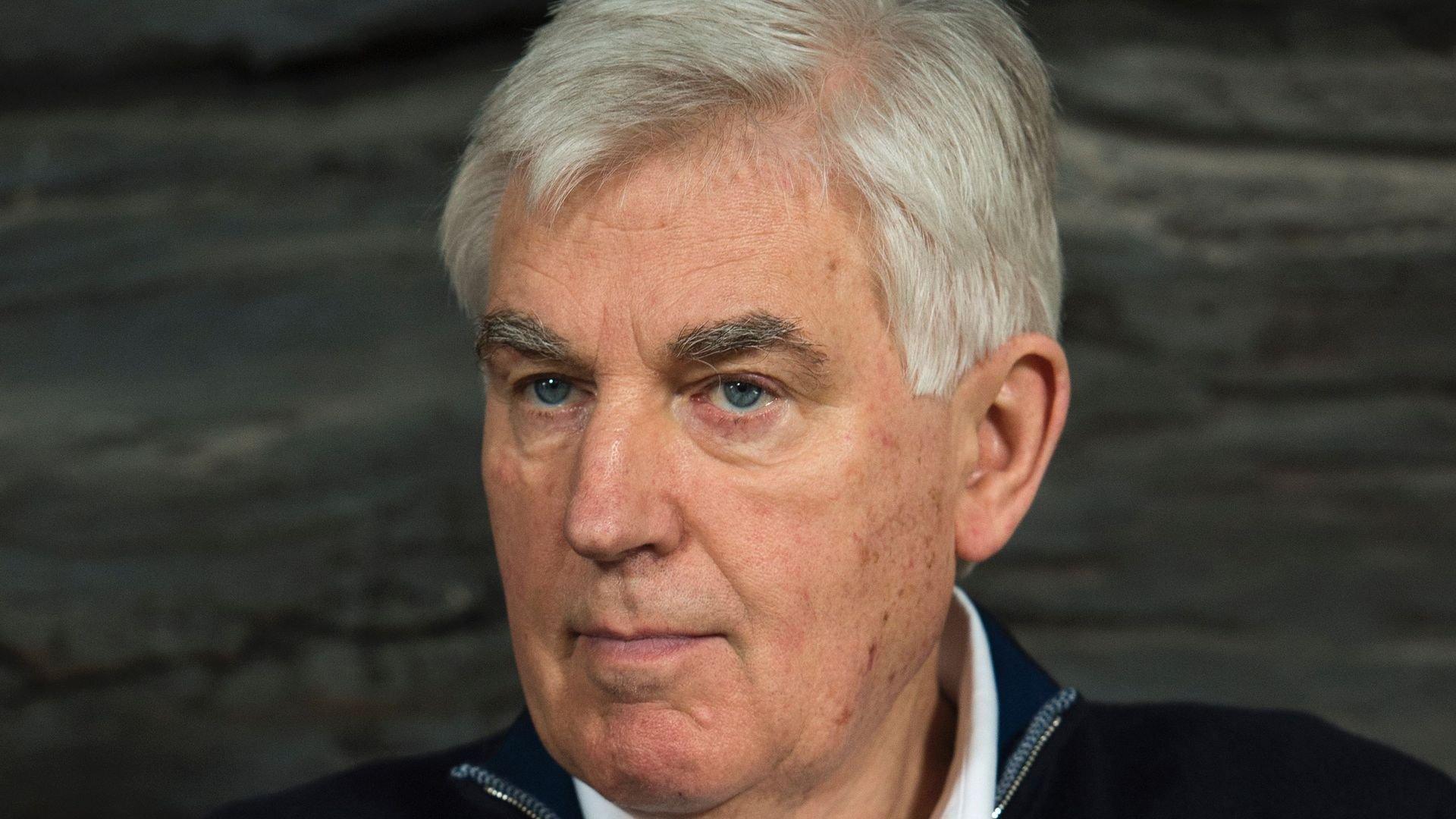Stuart Craig: The Visionary Production Designer of Harry Potter

Introduction
Stuart Craig, a revered figure in the film industry, is best known for his extraordinary work as a production designer on the Harry Potter film series. His creative vision and meticulous attention to detail played a crucial role in transforming J.K. Rowling’s beloved literary world into a visually stunning cinematic experience. Craig’s contributions have not only set a benchmark for future adaptations but have also left an indelible mark on the fantasy genre.
Stuart Craig’s Artistic Journey
Born on 30th November 1944 in London, Stuart Craig’s journey into the world of film began at an early age. He studied architecture and theatre design, which laid the groundwork for his innovative approach to production design. Craig began his career with notable films such as Gandhi and The English Patient, paving the way for his groundbreaking work in the Harry Potter series.
Creating the Wizarding World
Craig’s work on the Harry Potter films started with Harry Potter and the Philosopher’s Stone in 2001. He was responsible for designing iconic sets such as Hogwarts School of Witchcraft and Wizardry, Diagon Alley, and the Forbidden Forest. His designs were not merely backdrops but integral to storytelling, reflecting the characters and the magical atmosphere of the series.
His collaboration with director Chris Columbus and later directors David Yates and Alfonso Cuarón allowed Craig to continually innovate, adapting to the evolving tone of the films from a whimsical adventure to a darker, more mature narrative. Craig’s meticulous approach included extensive research and attention to historical detail, which grounded the fantasy elements in a relatable reality.
A Lasting Impact
Stuart Craig’s work has earned him numerous accolades, including Academy Award nominations and BAFTA awards. His designs have been exhibited in various museums, showcasing the impact of his vision on popular culture. Beyond the Harry Potter franchise, Craig continues to influence the world of film with his innovative designs in projects such as Fantastic Beasts.
Conclusion
Stuart Craig’s contributions to the Harry Potter franchise cannot be overstated. His ability to create immersive environments has not only enchanted audiences worldwide but has also set a standard for production design in the fantasy genre. As the film industry continues to evolve, Craig’s legacy as a master of production design remains a significant part of cinematic history, inspiring future generations of filmmakers and designers. The enchanting world of Harry Potter lives on, thanks in large part to Stuart Craig’s visionary artistry.
